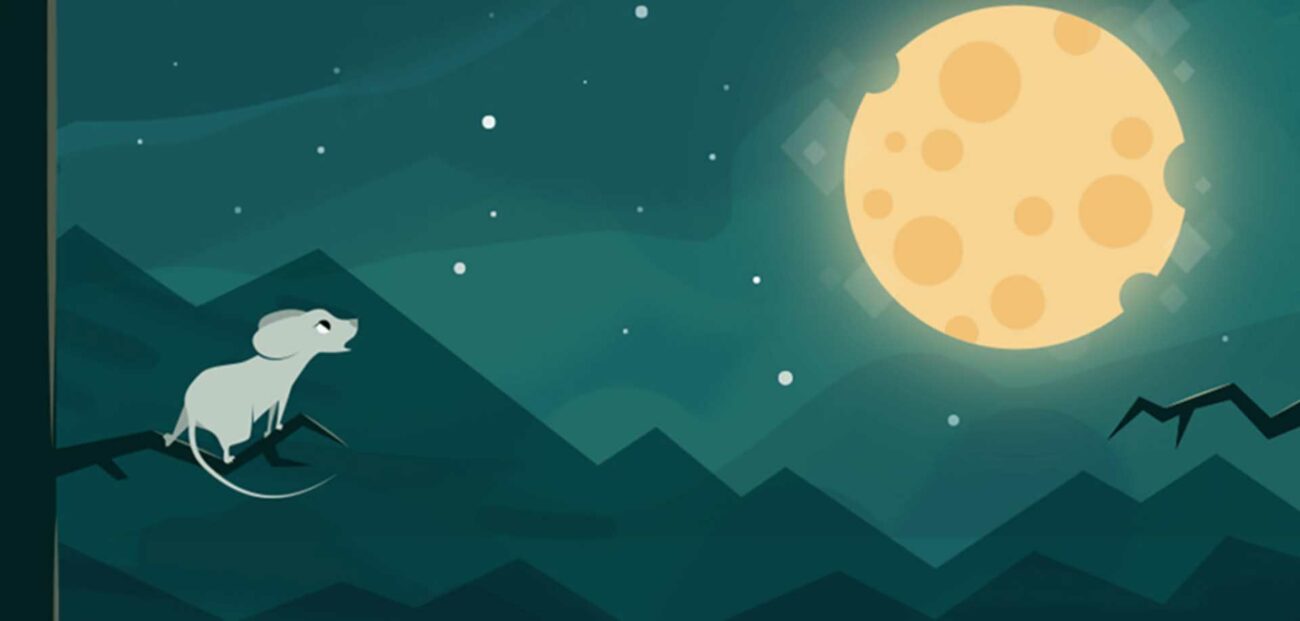How I started a business with storytelling

Recap of Adobe Creative Cloud event
How I started a business with storytelling is adapted from my talk for Adobe’s Creative Cloud Events. This blog post is the first of the series on Amplifying Creativity that was followed by Technology as a tool for creativity and How do we amplify creativity?
Story as an inspirational force
My journey started with my dad taking me to see Robin Williams put on some green tights, the power of film has had me ever since.
It led me to jump one education system into the next, and met a bunch of crazy kids who wanted to start a film production society called Scene One/ Take Two at university. I was willing to fail all my subjects to make it happen. And although I still can’t bring myself to watch the films we made, they were the best education I’ve ever had.
But it wasn’t until a designer, who didn’t want to make film at all joined this group, that I learnt the most important lesson of that education. It wasn’t films that I loved, it was the stories they told, and Tash’s own creativity showed me that the industry of story was much bigger than film.
So when everyone flew off in their own directions after graduation, Tash and I started the same road because we believed:
- That everyone loves stories
- That everyone understands story
- That you can tell a story with anything.
Retrospectively, it makes sense, we’re wired for story, if you’re not trying to tell one, your audience will hear one. We live beneath the biggest collection of data in the universe, but instead of seeing a bunch of bright dots, we see the horny hunter Orion chasing 5 babes across the universe.
We’re obsessed with finding stories, even when they don’t exist. Why? Accuracy is not the objective, it’s not even your audience’s objective, coherence is.
We see it in kids with imaginary friends or patients suffering from severe memory loss like Alzheimer’s.
Science says humans are wired for storytelling
As the father of cognitive neuroscience, Dr. Michael Gazzaniga has been experimenting with his patients for over 40 years. The one thing his patients all have in common is that their brains have been cut into two – the left and the right brain.
What’s important is that one side of the brain can’t communicate with the other, there was no way of knowing what the other side of the brain was doing.
As a result, when the patient’s right brain was stimulated to move his hand, the patient would move his hand. But when the patient was asked why he moved his hand, the left side of the brain would have no idea, and then went on to rationalise with a story.
His research and the studies that followed teach us, that our brains are constantly scanning for cause and effect to make sense of this confusing world.
So.. if stories are how our whole species make sense of the world, then maybe the grammar of story, is the grammar of meaning, and as humans, we’ve been testing this ever since.
How we’ve created meaning through story
This time last year we had a great opportunity to test this, when the Affectors gave us an open brief from Adobe.
Using creative minds, how would you tell Adobe’s story, if you could do it any way?
The story we told with the Affectors, and amigo and amigo was about how Adobe makes it so easy to be creative – all you need to make art is have a creative heart, and The Heart Tree is how we did it in 6 crazy weeks.
The point here is not that we chose to tell a brand story through a vampire tree that mines your bio genetic data.
It just proves you can tell story with anything. We used the very grammar of story to build a coherent user experience and communicate meaning.
We started with a story arc to define the experience for the user, the rules of Freytag’s Pyramid – what’s the inciting incident, rising tension and moment of release?
For this project, the inciting incident meant having the tree spring to life with sound and lights, to surprise and engage you.
We built rising tension as the lights climbed up the tree, and the sound rose in pitch. This was perfect since we needed 10 seconds to read each person’s heart beat.
We’ve done this, from buttons on web pages to games to interactive sculptures.
Because it was only when we proved this to ourselves that, Scene One/Take Two changed it’s name to Story 1st Technology 2nd.







